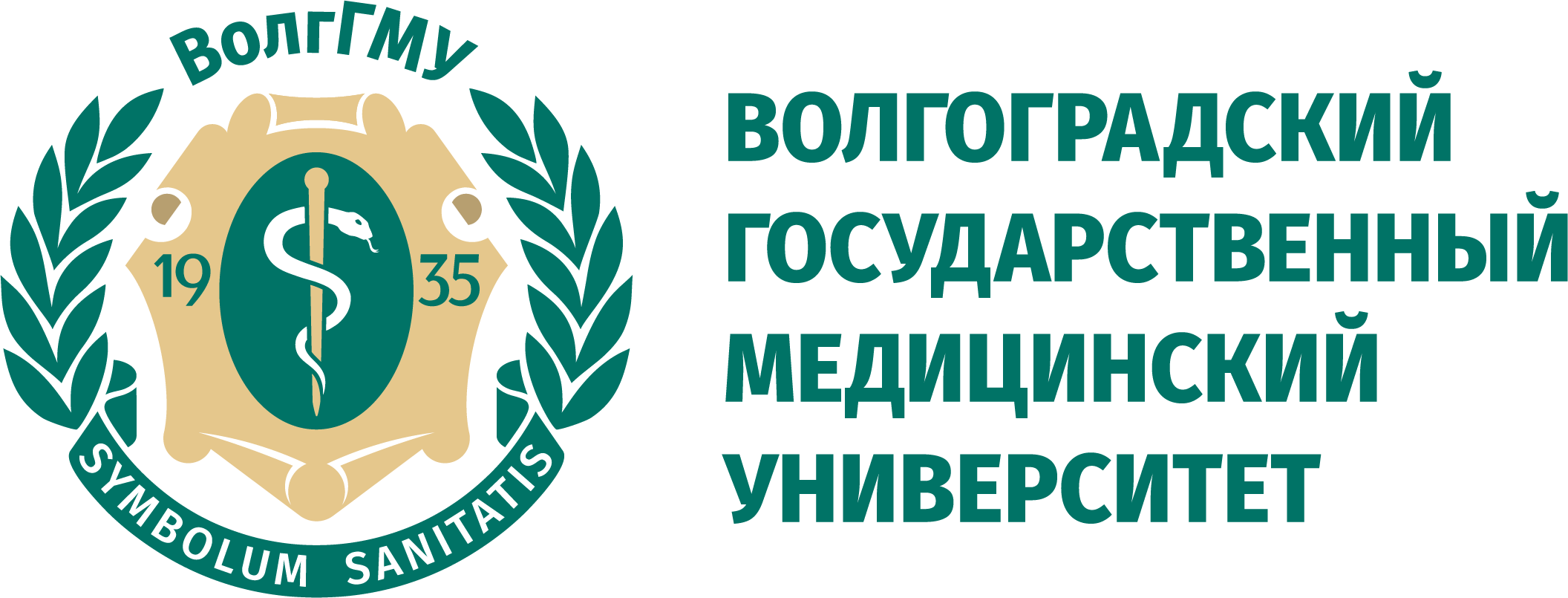Дисциплина Медицинская биохимия. Принципы измерительных технологий в биохимии. Патохимия, диагностика. Биохимия злокачественного роста». Часть 3
Некоторые клеточные процессы вовлеченные в патогенез первичной легочной гипертензии
Extra-cellular mediators and cells (platelets) are highlighted in yellow, cell surface receptors and ion channels in purple, intra-cellular signaling in blue, and nuclear responses in green. See text for detailed descriptions of pathogenic mechanisms and the interactions among the many pathways that span the extra-cellular, membrane, cytosolic and nuclear domains. VEGF is
vascular endothelial growth factor and its receptor is KDR. Intracellular transduction of this pathway is poorly understood. Endothelin is vasoactive and a mitogen, acting through Ca++ channels and ERK/Jun kinases. TIE is
the
angiopoietin receptor, a system found to be upregulated in pulmonary vascular disease (56). ALK1 and
BMPR1-2 are
receptors of the TGFb superfamily, and BMP is bone morphogenetic protein. ALK1 mutations cause hereditary hemorrhagic telangiectasia and some cases of PPH. EGF (epidermal growth factor), TNFa, ANGII (angiotensin II), and
PDGF (platelet derived growth factor) are all proliferative stimuli that act through tyrosine kinase receptors and are partially transduced by intra-cellular oxidant species. In the intra-cellular domain, SMADs are regulatory proteins that activate nuclear transcription factors and interact with MAP kinases. AML1 is
a nuclear transcription factor of potential importance. Elastase, downstream of AML1, has
been
implicated in vascular disease in experimental animals. Viral proteins are found in vascular lesions in the lungs of patients with PAH, raising the possibility that they participate in the pathogenesis (57).
